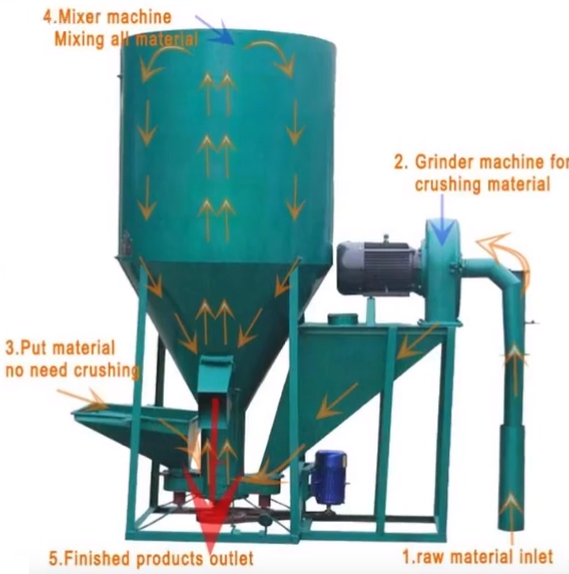Evaporative Cooling Pads for Efficient Cooling
Sep . 06, 2024 13:46 Back to list
Evaporative Cooling Pads for Efficient Cooling
Understanding Evaporative Cooling Pads A Sustainable Cooling Solution
Evaporative cooling pads, often referred to as swamp coolers, are an increasingly popular method for cooling indoor spaces, particularly in dry and arid climates. These pads serve as a crucial component of evaporative cooling systems, which provide a more energy-efficient and environmentally friendly alternative to traditional air conditioning.
The functioning of evaporative cooling pads is based on the principle of evaporative cooling, where water evaporates and absorbs heat from the air, leading to a reduction in temperature. When warm air passes through the moist cooling pads, the water within the pads evaporates into the air, resulting in a significant drop in temperature. This process not only cools the air but also increases its humidity, which can be particularly beneficial in dry areas.
One of the primary advantages of evaporative cooling pads is their energy efficiency. Compared to conventional air conditioning systems that typically rely on refrigerants and extensive electrical energy, evaporative coolers consume significantly less power. This is especially advantageous in regions with high electricity costs or where access to energy resources is limited. In fact, a well-designed evaporative cooler can provide comfortable cooling at a fraction of the energy cost of traditional AC units.
evaporative cooling pads

Moreover, evaporative cooling pads are often made from eco-friendly materials, contributing to their appeal as a greener cooling solution. These pads are usually constructed from cellulose or synthetic fibers, which are designed to maximize water retention and airflow. As they operate by utilizing natural processes, they produce fewer greenhouse emissions, making them an excellent choice for environmentally conscious consumers.
Maintenance of evaporative cooling pads is relatively straightforward. Regular cleaning and replacing of the pads are essential to ensure optimal performance and hygiene. This practice not only enhances the efficiency of the system but also prevents the growth of mold and bacteria, ensuring that the air circulated within living spaces remains fresh and healthy.
In conclusion, evaporative cooling pads represent a sustainable and cost-effective cooling solution for both residential and commercial applications. Their ability to harness natural processes for cooling, combined with low energy consumption, makes them an ideal choice for those seeking to reduce their carbon footprint. As awareness of environmental issues continues to grow, the demand for such energy-efficient technologies is likely to increase, making evaporative cooling systems and their pads a central component of modern cooling solutions.
-
Automatic Feeding Line System Pan Feeder Nipple Drinker|Anping County Yize Metal Products Co., Ltd.
NewsJul.29,2025
-
Automatic Feeding Line System-Pan Feeder Nipple Drinker|Anping County Yize Metal Products Co., Ltd.
NewsJul.29,2025
-
Automatic Feeding Line System - Pan Feeder Nipple Drinker|Broiler Farming Equipment
NewsJul.29,2025
-
Automatic Feeding Line System - Anping Yize | Efficiency&Durability
NewsJul.29,2025
-
Automatic Feeding Line System - Anping Yize|Poultry Efficiency&Durability
NewsJul.29,2025
-
Automatic Feeding Line System-Anping County Yize Metal Products Co., Ltd.|Durable PP Material&Easy Maintenance
NewsJul.29,2025






